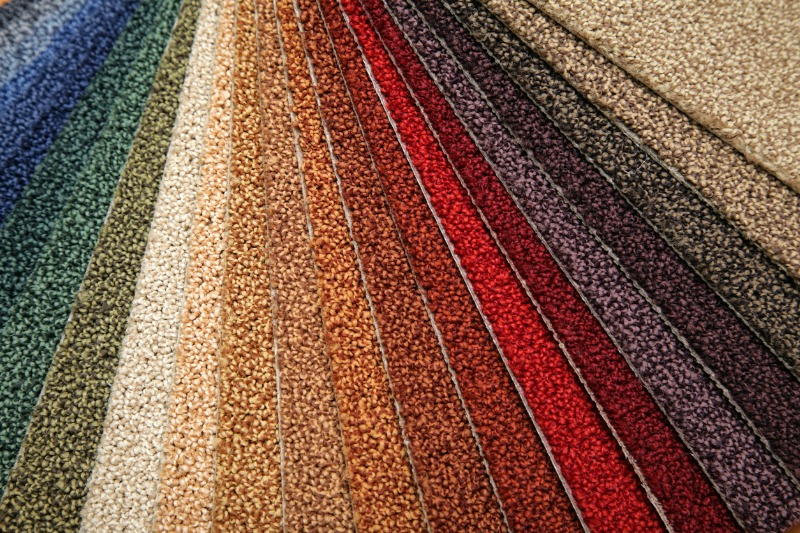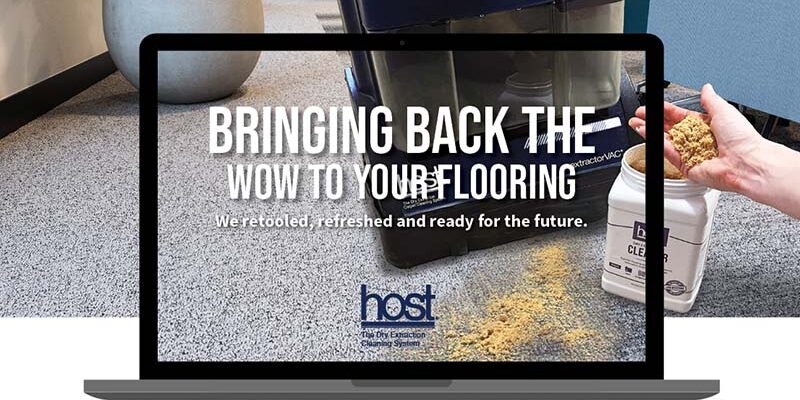Solution Dyed Carpet and Color Loss

By James B. Smith
You are preparing to clean a very soiled nylon and wish that you could nuke it, but you know there’s a chance the dye will bleed. Then you learn that you are dealing with a solution dyed carpet. IICRC S100 says, “In solution dyeing, the pigment or dye is added to a liquid polymer prior to extrusion.” This means that the dye is part of the fiber itself, so it should be impossible for it to bleed. Great! You proceed to use the stuff that gets the job done. A few minutes later, the colors start to run. Now you are sweating bullets as you imagine how you will break this news to your customer and try to make it right. How did this happen?
In a true solution dyed carpet, the pigment cannot separate from its fiber unless one were to melt down the fiber and then run it through a centrifuge. Personally, this writer has not seen a carpet cleaning system that can do that, as anything thing that could harm the pigment would also destroy the fiber.
Yet many professionals, including myself, have experienced alkalies affecting solution dyed carpet, so how is this possible? The truth of the matter is that the portion of the carpet that bled was not solution dyed. Carpets that are labeled as “solution dyed” may have a percentage of fibers that are not. The Federal Trade Commission and other government agencies set standards for labeling products, but to meet these standards, a product may only have to be within a certain percentage. The FTC also allows exclusions for ornamentation or decorative trims. In other words, a solution dyed carpet could have some yarns that have been spaced dyed for accent colors, and these yarns may bleed during cleaning. As a result, it is not safe to make assumptions about the colorfastness of a carpet based only on the label.
Pre-dye and post-dye methods
Another cause of confusion in identifying carpets occurs when we oversimplify the difference between pre-dye and post-dye methods. Pre-dyed carpets are dyed before the fiber is made into a rug. Solution dyeing is one pre-dye process, but there is also stock dyeing, which occurs at the filament stage, and skein dyeing, which occurs at the yarn stage. On the other hand, beck, continuous, and print dyeing are all post-dye methods. Since the distinct definitions of these terms are quickly evaporating from our industry, pre-dye methods are not being significantly differentiated from one another. As a result, some assume that if their nylon was dyed before it was made into a carpet, then it must be solution dyed, but that is not always the case and the other pre-dye methods may not be completely colorfast.
While solution dyeing is the most colorfast pre-dye method, print dyeing is the most vulnerable post-dye method, so it’s important to identify print-dyed carpets before cleaning. Once again, let us look at a definition. The S100 says this: “Print dyeing – Application of color to greige goods or fabric in the form of a pattern, usually using a roller, screen, or jet printer. Primarily nylon and some acrylic is print dyed.”
We need to understand that if a fiber is solution dyed, it will have color before it is made into a yarn. Greige goods, on the other hand, are partially manufactured carpets that donot have color unless it is applied later through a print dye process. You can tell that a carpet is print dyed because the dyes do not go down to the base of the tufts. In general, print dyed carpets are more prone to lose color compared to other dye methods
Understand your cleaning solutions
When dealing with carpets that may bleed, it is important to understand the chemical composition of your cleaning solutions. Solutions with high alkalinity may cause bleeding, but not all high pH detergents are strongly alkaline. A pH is to alkalinity as a tachometer is to the speed of a vehicle: there is a correlation between pH and alkalinity and there is a correlation between a tachometer and speed, but each is an inadequate measurement of such. For example, although the WoolSafe products have been laboratory tested to assure that they have low alkalinity, some have high pH values. The S100 backs up this understanding by saying that the pH of a product is an inadequate indicator of its compatibility with a fiber. Therefore, if a detergent is safe for wool, it should be considered appropriate for even print dyed nylon.
Professional carpet cleaners need to know more than just the definitions of terms like “solution dyeing;” we must also understand what those technical definitions imply and how legal definitions may contradict our technical assumptions. The labeling of a fiber may not be a guarantee of colorfastness, so it’s important to proceed with caution when choosing the right cleaning solution for the carpet.
James “Jim” B. Smith is an IICRC-approved instructor and a senior practicing inspector and part of the voting consensus of the IICRCS1OOcleaning stan¬?dard. His educational studies come from Texas A&M University and the University of Houston. He has been in the cleaning industry since 1975. For more information, visit his website atwww.carpetinspector.com/jbs, call (972) 334-0533 or (800) 675-4003, or email[email protected].














